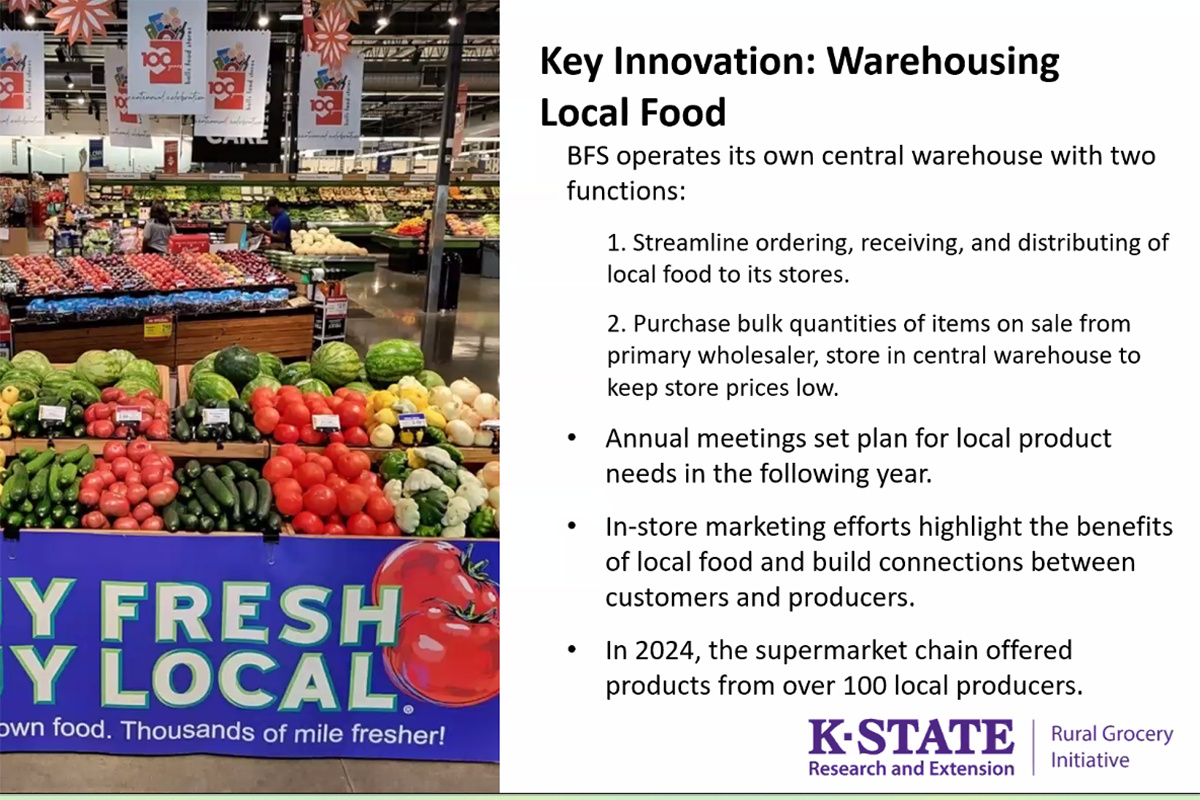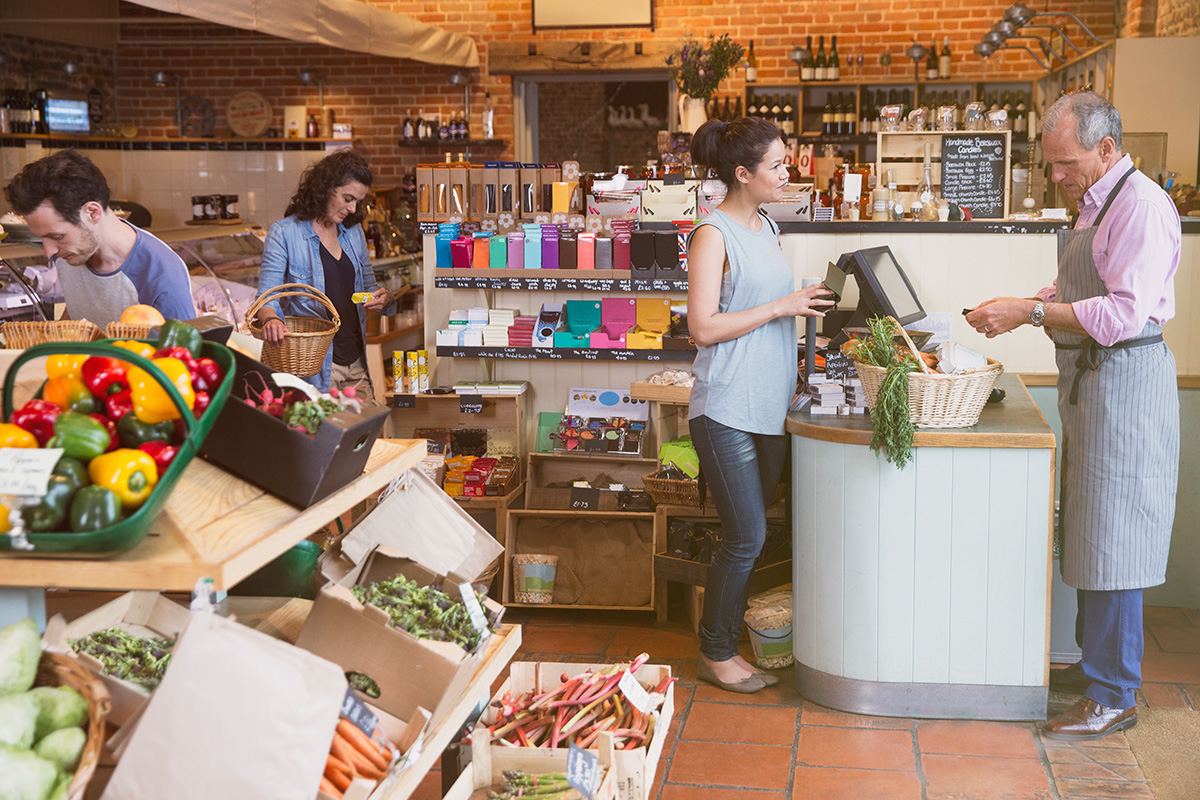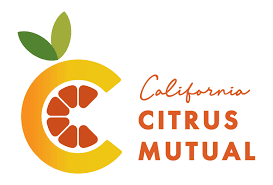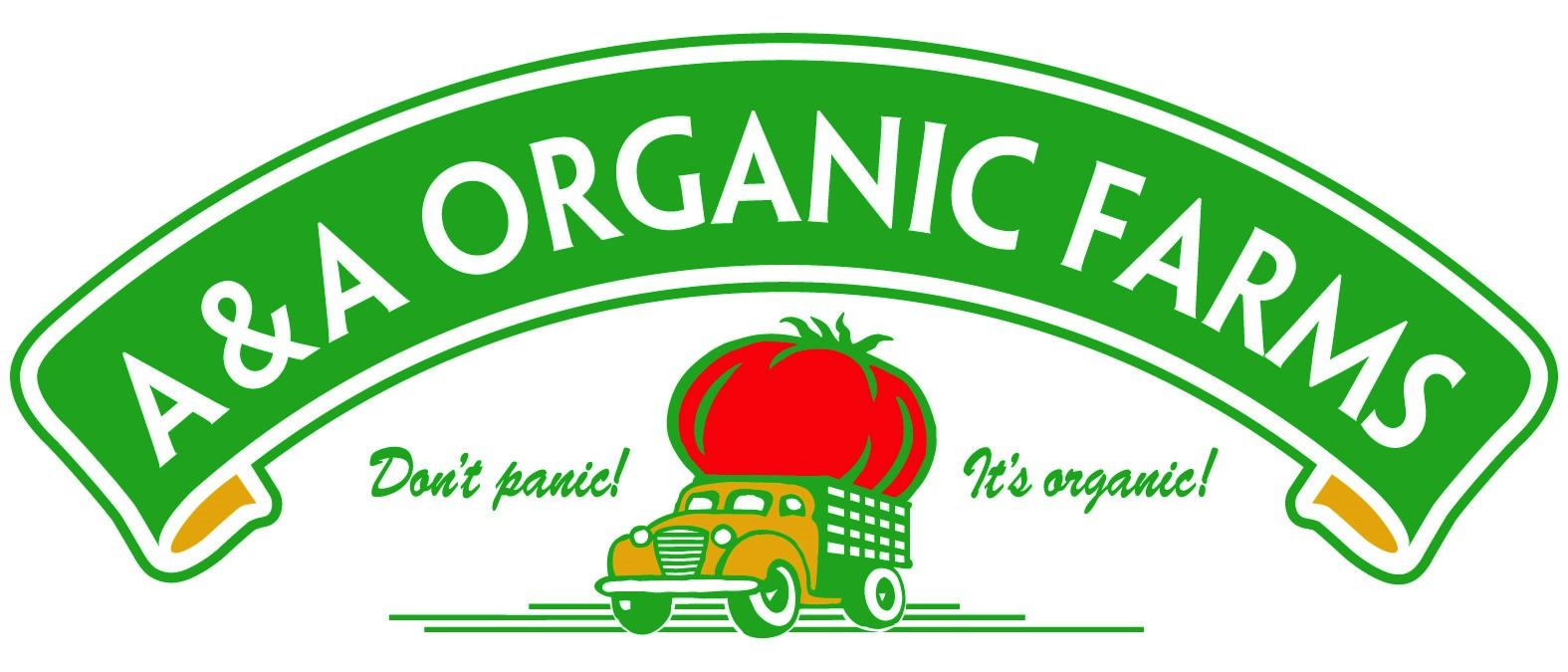As 2025 marks the United Nations' International Year of Cooperatives, communities across the U.S. are spotlighting how cooperative models can sustain local economies and strengthen food systems. That mission was front and center during a recent Rural Grocery Initiative webinar that unveiled findings from a two-year project on local sourcing in rural grocery stores.
Led by Rial Carver, program director for RGI at Kansas State University, the project was designed to identify innovative ways to help small-town grocers connect with local producers — and, in doing so, keep grocery access alive in communities often bypassed by large retail chains.
“Rural grocery stores are anchor institutions,” Carver says in an RGI webinar. “Without them, communities lose out on economic, health and cultural benefits.”
Yet these stores operate on razor-thin margins of just 1% to 3%, he says, making it difficult to reinvest or compete with dollar stores and national chains.
The RGI research identified five models that exemplify creative, community-rooted sourcing and ownership strategies: Farm Runners in Colorado, Rolling Grocer in New York, In Her Shoes in Mississippi, Farm to Freezer in Michigan and Ball's Food Stores in Kansas and Missouri. Each of these demonstrates a different approach to connecting local growers with grocers — and together, they offer a road map for resilience.
Each RGI case study tackled a distinct pain point in the rural food supply chain.
In Colorado, Farm Runners began when two farmers recognized that local growers spent more time driving to markets than tending crops. By creating a local aggregation and distribution business, they gave more than 100 farmers access to over 500 wholesale customers — proof that even small-scale logistics can yield big community gains.
New York's Rolling Grocer took another approach, using a sliding-scale fair pricing model that allows all income levels to access fresh, local and organic food. Roughly 60% of customers pay subsidized prices, helping the store maintain equity and inclusion as core values rather than marketing strategies.
And in Mississippi, the In Her Shoes initiative trained new farmers while opening retail channels through its Farmacy Marketplace and mobile grocery. Even after the brick-and-mortar store closed, its mobile market continues to serve food deserts and assess sustainable retail models for the future.

Meanwhile, Michigan's Farm to Freezer extended the local growing season by freezing regional produce for year-round sale, and Ball's Food Stores in Kansas City built its own central warehouse to aggregate local produce from more than 100 growers, paying out $4 million to local farmers in 2024 alone.
Across all five examples, Carver says, “There's no one-size-fits-all approach. Each community uses its own assets, partnerships and business structure to build a model that works locally.”
Why Cooperatives Matter in 2025
The UN's theme for 2025 recognizes cooperatives as a means to “build a better world.” That message resonates in the U.S., where rural food access depends increasingly on collaboration.
Many of the RGI models, and similar ventures nationwide, embody cooperative principles, whether or not they're formally structured as co-ops. They emphasize shared ownership, local investment and collective benefit, often bridging the gap between producers, processors and consumers.
“Efficiency matters,” Carver says, “but what really drives resilience are the direct relationships between grocers and producers. Those partnerships allow these models to withstand challenges that would otherwise shut stores down.”
Building on RGI's findings, cooperative models in other parts of the country are showing how shared ownership can stabilize rural food supply chains. The Packer met with two such co-ops at Groceryshop 2025 in Las Vegas.

Cassie Michael, founder of the Food and Meat Co-Op in Utah, launched the business in May 2020 to bypass the retail supply chain and provide direct access to local producers. The co-op, which is 85% meat, offers significant savings (20% to 50% over grocery stores) and freshness by cutting out middlemen, Michael says. They operate in Idaho, Nevada, Utah and Wyoming, with 50 pickup locations and home delivery in Utah. The co-op plans to expand to Arizona, Oregon and Washington by 2026 and aims to cover the entire West by 2028. They also cater to the gluten-free community and support local farmers by handling distribution and marketing.

Marty Thomas, founder of Kakadoodle in southwest Chicago, shared his journey from buying cheap eggs to founding a tech-driven marketplace for local, chemical-free food. Initially serving friends and family, the platform now works with over 30 local farmers, delivering to 550 families, generating $42,000 monthly. Thomas highlighted the challenges of reaching modern consumers and the impact of the bird flu, which reduced their flock from 3,000 to 1,500. They've pivoted to value-added products, such as egg bites, selling out at farmers' markets and attracting interest from local grocers. The goal is to maintain a decentralized food system, supporting small, regenerative farms.
These real-world examples illustrate how co-ops are evolving, blending digital innovation, member networks and mission-driven retail to meet the needs of today's rural and suburban shoppers.
A Collaborative Future for Local Food
As the Rural Grocery Initiative continues to expand its Local Sourcing Innovations Catalog, communities are encouraged to contribute their own cooperative solutions. The goal: to keep building knowledge around models that make local sourcing viable for independent grocers.
In the spirit of the International Year of Cooperatives, these efforts show shared ownership and collaboration aren't just survival strategies, they're the foundation of a more resilient rural food system.



















